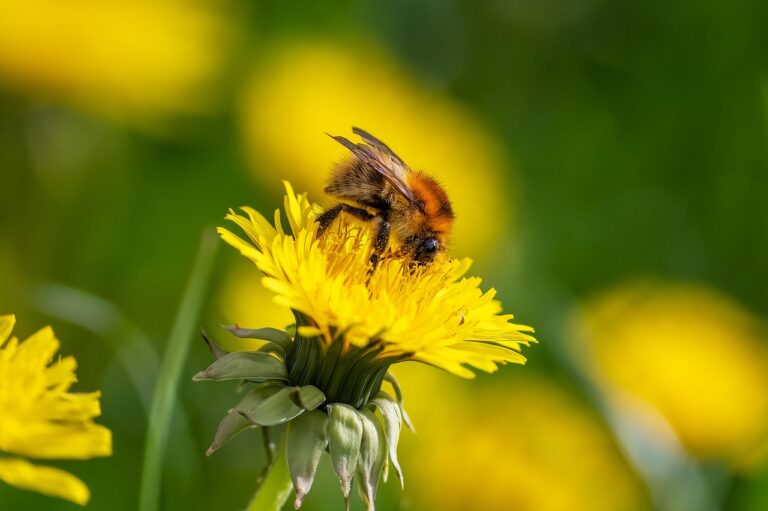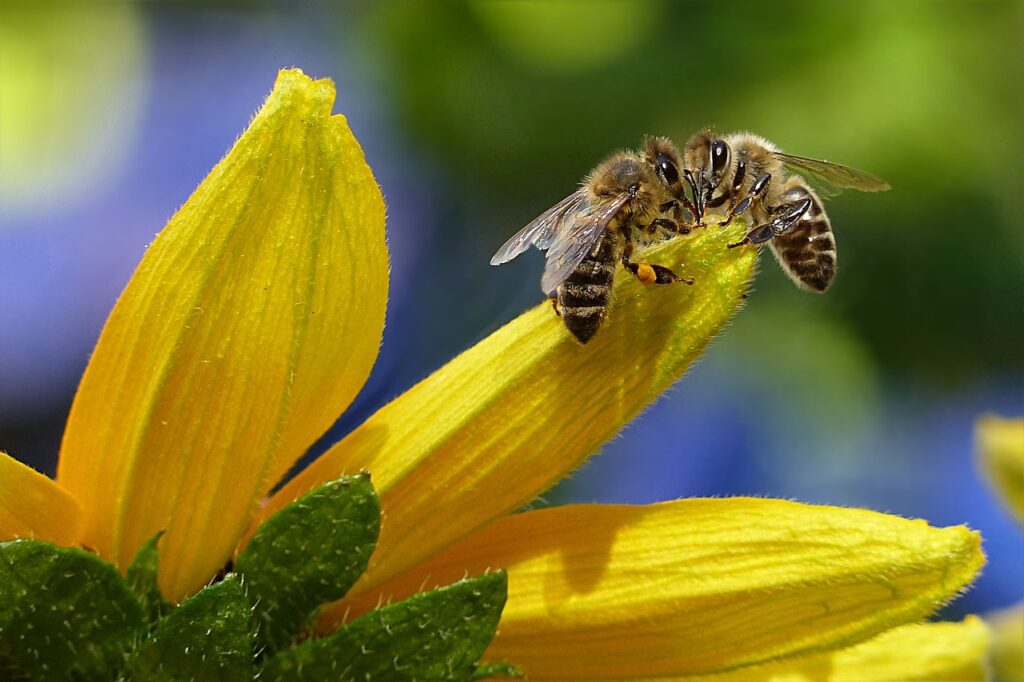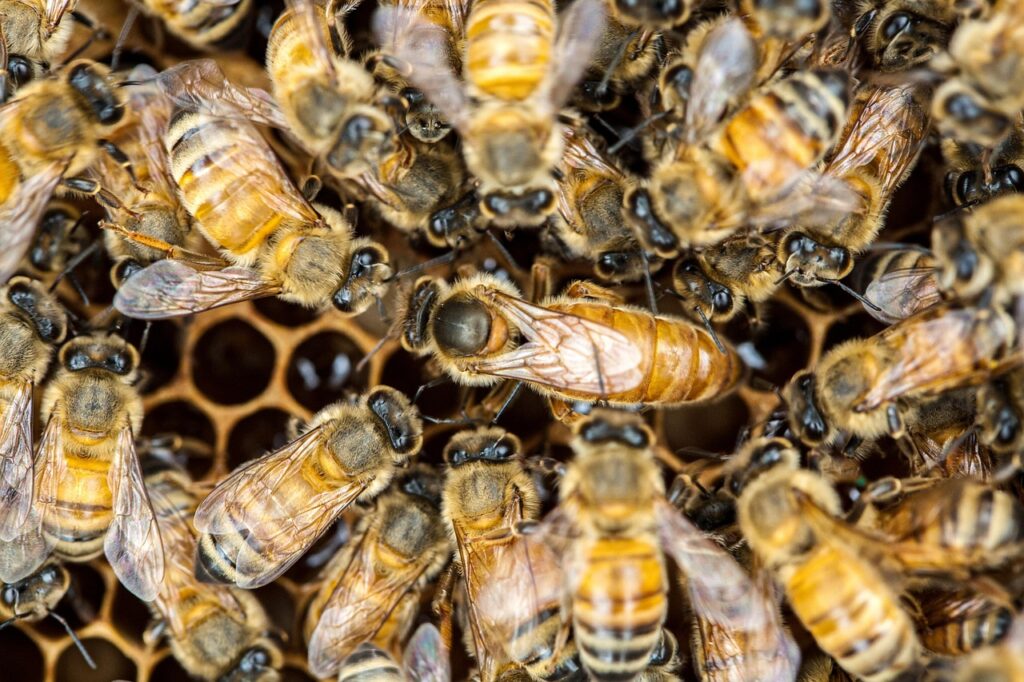Why do most people believe all bees can sting despite facts to the contrary
Most people believe all bees can sting primarily due to longstanding myths and generalizations passed down over generations, which have ingrained fear and misunderstanding about bees. Several factors contribute to this widespread misconception:
• Simplified Education and Fear: From an early age, people are commonly taught to fear bees as potential stingers without distinction between species or sexes. This broad warning helps prevent stings but inadvertently leads to the belief that all bees can sting[1][2].
• Lack of Awareness About Bee Biology: Many do not know that only female bees have stingers (a modified egg-laying organ), and male bees (drones) cannot sting at all. Moreover, some female bees, including certain species, cannot sting despite having stingers. This nuance is not widely communicated or understood[1][3].
• Confusion with Wasps and Hornets: Wasps, hornets, and some other stinging insects are often mistaken for bees. Since wasps can be more aggressive and sting repeatedly, this adds to the uniform fear and assumption that all “bees” behave similarly[1][2][4].
• High-Profile Incidents and Media Portrayal: News stories or personal experiences about painful or allergic bee stings reinforce fear. Honeybees, which can only sting once but with serious effects, dominate public perception. This overshadows the many solitary or stingless bees that coexist peacefully[3][5].
• Defensive Nature of Some Species: While many bees do not sting unless provoked, honeybees and bumblebees do sting to defend their nests. Encounters with defensive bees tend to generalize that all bees are aggressive, despite most species being docile or solitary[1][3][6].
• Insufficient Public Education on Species Differences: Most educational materials focus on honeybees and neglect the vast diversity of about 20,000 bee species worldwide, many of which never sting or rarely encounter humans[1][3].
In summary, the belief that all bees can sting is rooted in a mix of overgeneralization, confusion with similar insects, lack of species-specific knowledge, and the natural human tendency to simplify risks for safety.
Improving public understanding of bee biology and behavior through accessible education can help dispel this myth and reduce unnecessary fear[1][2][3].
⁂
1. https://www.noble.org/regenerative-agriculture/wildlife/11-things-people-believe-about-bees-that-arent-true/
2. https://www.catseyepest.com/blog/top-debunked-facts-about-bees/
3. https://drkilligans.com/blogs/insects/do-all-bees-and-wasps-sting-and-when-should-you-worry
4. https://bestbeebrothers.com/blogs/blog/treating-wasps-and-carpenter-bee-stings
5. https://ucanr.edu/blog/bug-squad/article/sting-0
6. https://www.reddit.com/r/Damnthatsinteresting/comments/hthyr5/bees_only_sting_when_they_feel_threatened/



